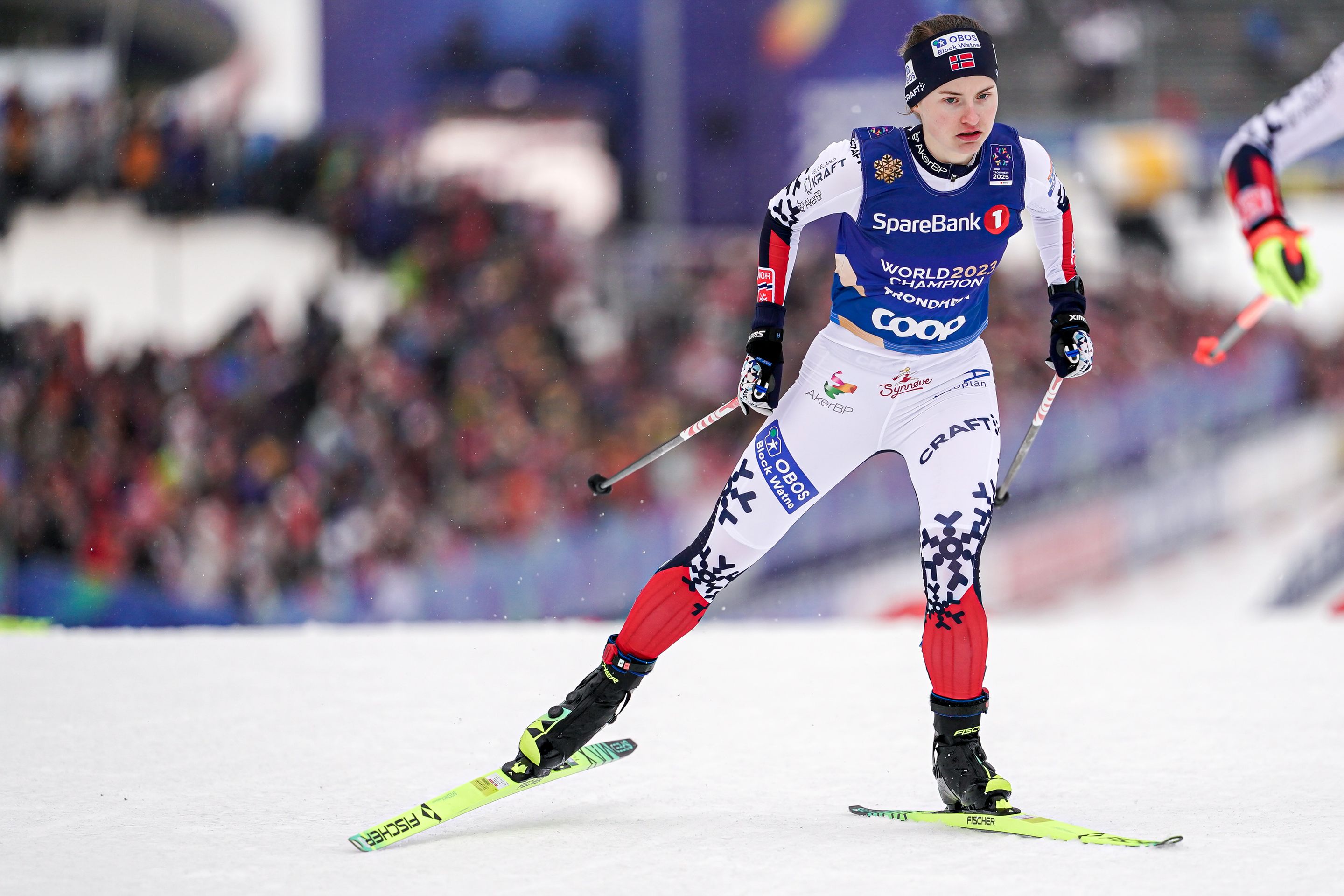Nordic Combined 101 – Skis, wheels & everything in between
Jul 22, 2025·Nordic Combined)
Welcome back to Nordic Combined 101 – your go-to series for getting to know the ins and outs of our unique sport!
Cross-country skiing is a demanding endurance challenge year-round: you’ve seen athletes fly through the air and push through grueling ski tracks in winter, but did you know they train just as hard in summer? Let’s take a closer look at how skiing works on snow and on wheels – and explore what changes (and what stays the same) when winter turns to summer.

Winter: gliding on snow
In winter, cross-country skiers move across groomed snow trails using classic or skating techniques. The equipment is designed specifically for snow:
Skis: Cross-country skis are long, narrow, and have specific grip zones (in classic) or glide zones (in skating).
Boots & Bindings: Winter boots are insulated and connect to the skis through special bindings.
No helmet: Helmets are not typically worn during winter training or competitions, as falls on snow are usually less severe and speeds slightly lower than in summer.
Clothing: Athletes wear breathable, tight-fitting suits to reduce drag and stay warm, along with thermal base layers depending on the temperature.
Summer: training on wheels
When there’s no snow, athletes switch to roller skiing – a dryland alternative that mimics the movements of skiing on paved roads or dedicated tracks.
Roller skis: These are short frames with two wheels and bindings similar to those on winter skis. There are specific models for classic and skating techniques. Unlike bicycles, roller skis do not have brakes, so athletes must learn how to slow down using techniques like snowplowing or stepping off the road.
Helmet: Safety is critical in summer. Speeds can be high, and the risk of falling on asphalt is much greater – so athletes are required to wear helmets at all times.
Protective gear: Some skiers also wear knee or elbow pads during training.
Clothing: In summer, lighter clothing is worn to stay cool, often similar in design to cycling gear.

Equipment that stays the same
Despite the seasonal shift, some equipment remains consistent throughout the year:
Poles: Ski poles are used in both seasons, though roller ski poles typically have harder, more durable tips made for pavement.
Gloves: To prevent blisters and provide grip, athletes wear gloves all year round.
Glasses: Whether to protect from sun or snow glare, or from insects and debris in summer, glasses are an essential item in both seasons.
Different surfaces, same goal
While winter cross-country skiing relies on snow-covered trails and summer training takes place on asphalt or artificial ski tracks, both share the same goal: building endurance, strength, and technical precision. For elite athletes, roller skiing is an essential part of year-round preparation for winter competitions.
Whether gliding through a snowy forest or pushing through a summer heatwave on roller skis – cross-country skiing never really stops. It just changes surface.




